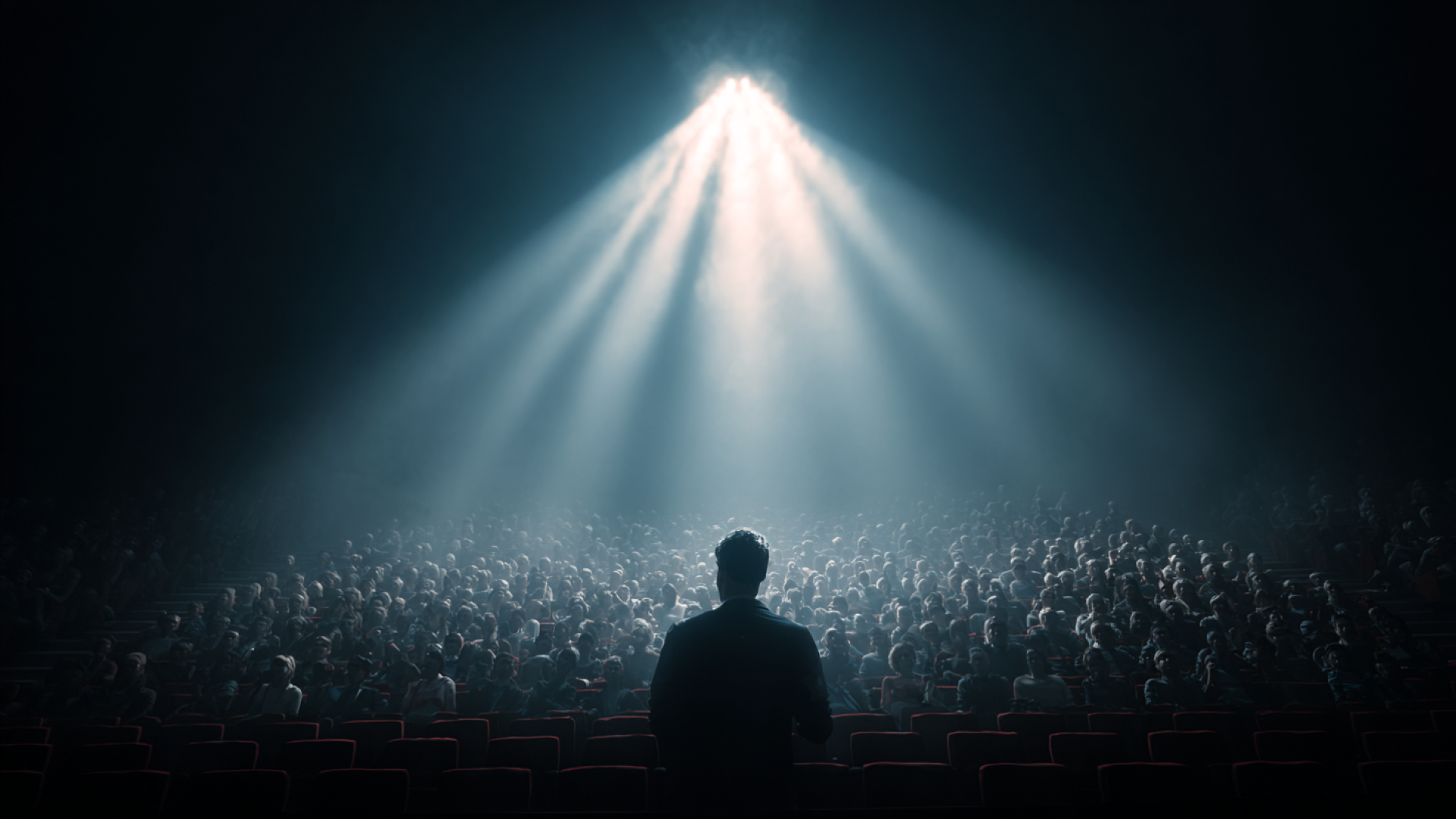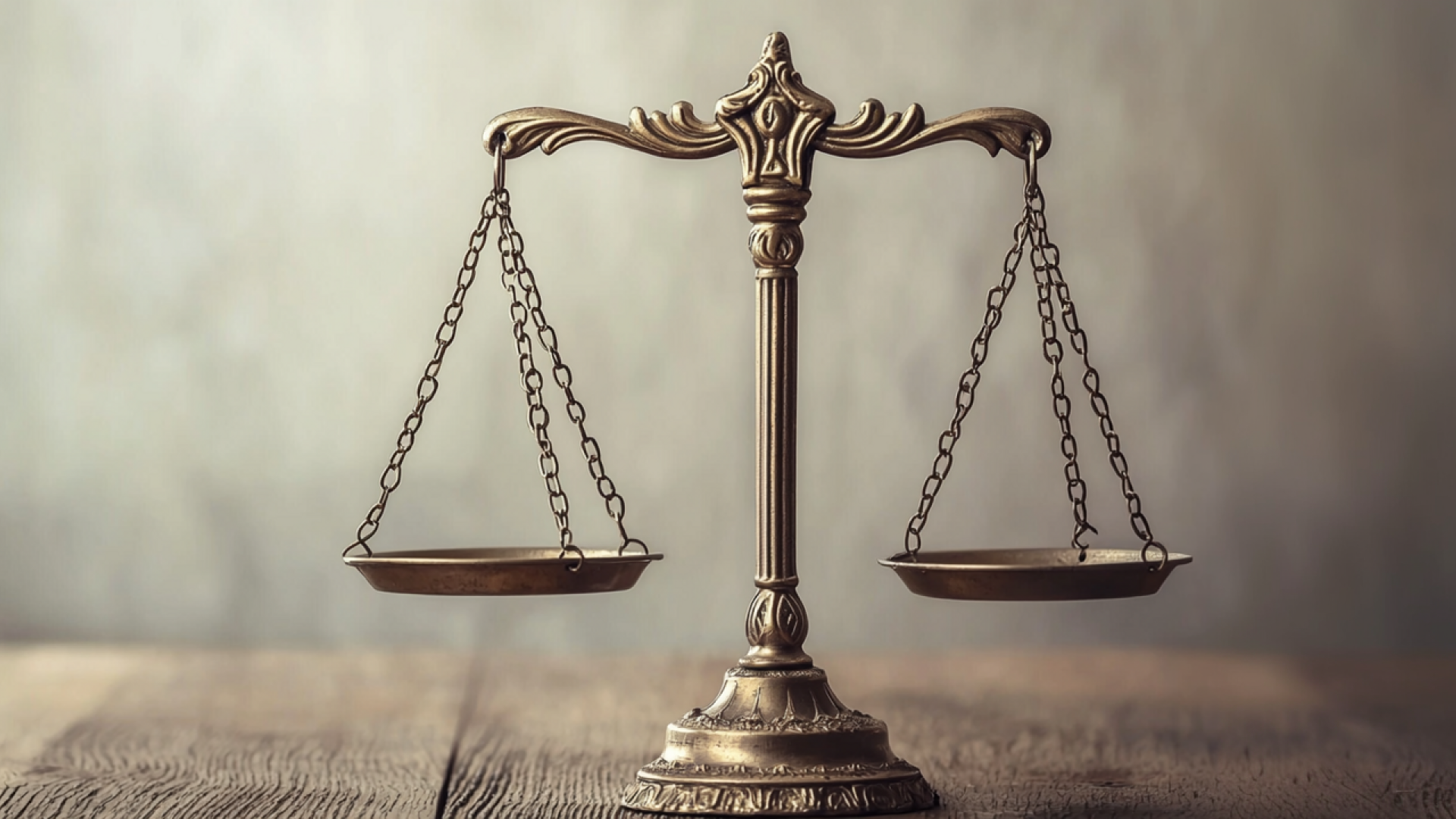Overcoming Confirmation Bias: Understand the Trap, Break Free, and Think Clearly
7 min read

Understanding Confirmation Bias in Psychology
Confirmation bias is one of those sneaky mental shortcuts our brain takes to make sense of the world, often without us even realizing it. At its core, it’s the tendency to search for, interpret, and remember information in a way that confirms our existing beliefs or hypotheses. Instead of approaching information with an open mind, we end up filtering reality through a lens crafted by what we already think or want to be true.
Imagine you’re convinced that left-handed people are more creative. Next time you meet someone who’s both left-handed and a great artist, that example leaps out at you—it’s a jackpot of “proof.” But if you stumble upon a left-handed accountant who’s just as uncreative as the next person, you might unconsciously shrug it off or forget it entirely. This selective attention distorts reality, making your original claim feel more validated than it really is.
The famous 1960s “Wason Selection Task” offers an illuminating glimpse into this bias. In this logical reasoning experiment, participants were asked to test a rule by choosing cards that could potentially disprove the rule. Rather than trying to falsify it, the majority sought evidence that would confirm it. Psychologists saw this as early proof that humans have a natural preference for confirming existing beliefs rather than challenging them.
Another landmark study by psychologist Peter Wason in 1960 showed that people often ignore contradicting information. This selective gathering of evidence isn’t just a quirk—it’s deeply wired into how we think. Evolutionarily, confirmation bias might have helped our ancestors make quicker decisions by focusing on familiar cues, but in modern life, it often leads to errors and misunderstandings.
At a deeper level, confirmation bias arises from cognitive mechanisms designed for efficiency. Our brains are exposed to an overwhelming amount of information daily, so instead of analyzing everything meticulously, we rely on shortcuts. This means that new data is often processed not as raw facts but as pieces to fit into an existing puzzle. The downside? It makes changing minds tough, even in the face of clear evidence.
Understanding confirmation bias is crucial because it influences everything from how individuals make decisions to how societies handle complex issues. It’s not just about stubbornness or closed-mindedness; it’s the default setting of human cognition. Recognizing its psychological roots lets us peek behind the curtain of our own thought processes—and that’s where real insight begins.
How Confirmation Bias Affects Decision Making
Imagine a hiring manager who’s convinced that candidates from a certain university make the best employees. During interviews, they pay extra attention to any detail that supports this belief, like a candidate’s confident tone or relevant coursework, while glossing over red flags such as lack of practical experience. This selective focus is confirmation bias in action: the manager’s mind is wired to seek out information that confirms their preconceptions and ignore anything that challenges them. The outcome? Potentially overlooking a far superior candidate simply because they don’t fit the pre-set mold.
In another realm, consider stock market investors. A 2020 study published in the Journal of Behavioral Finance found that investors who cling tightly to their initial assumptions about a stock—like expecting it to rise—tend to dismiss warning signs such as negative earnings reports. They collect news snippets that reinforce their bullish stance, fueling overconfidence and risky bets. This can lead to costly mistakes, as investors fail to adjust their strategy even when evidence points otherwise.
This bias isn’t limited to big, high-stakes decisions. Picture someone shopping for a new car who’s convinced that a specific brand offers the best value. When researching, they might click on positive reviews while disregarding complaints about reliability. Their final choice is less about objective comparison and more about reinforcing a narrative they want to believe.
Why does this happen? Psychologist Raymond Nickerson explains, “Confirmation bias is like wearing tinted glasses—you see the world not as it is, but as you expect it to be.” It’s a comforting shortcut for our brains, sparing us the mental effort of questioning deeply held beliefs. But that comfort comes at a cost: decisions become distorted, and opportunities or dangers are missed.
In every decision where confirmation bias sneaks in—whether who to hire, what stock to buy, or which car to drive—our judgments lean toward stereotypes and prior convictions rather than fresh evidence. The subtle pull of bias often shapes outcomes that feel right but might not stand up to closer scrutiny.
Ways to Recognize and Overcome Confirmation Bias
Confirmation bias doesn’t just sneak up on you—it often screams, but you’re wearing noise-canceling headphones. To catch yourself in the act, watch for these red flags: do you dismiss information that challenges your beliefs outright? Do you seek out news sources or social media feeds that just echo what you already think? When you find yourself instantly nodding along with an idea, or worse, mentally rewriting facts to fit your worldview, that’s confirmation bias waving a flag.
Here’s a practical way to fight back:
1. Slow Down and Question Your First Instinct.
Your brain loves shortcuts. When confronted with an argument or claim, pause and ask: “How do I know this is true?” Don’t accept your gut as gospel. Try framing questions like, “What would make me change my mind about this?” That simple step forces you out of autopilot.
2. Engage in ‘Perspective Taking.’
Actively try to argue against your current position. Imagine you’re a lawyer playing devil’s advocate—not to win, but to understand. For example, if you believe a certain policy is terrible, spend 15 minutes researching and then explaining why someone might support it. This isn’t about betrayal, it’s mental cross-training. Politicians do it; you should, too.
3. Seek Out Opposing Views, Intentionally.
Don’t just lurk in echo chambers—venture into unfamiliar intellectual neighborhoods. Read an editorial from the political party you dislike, join conversations with differing opinions, or subscribe to feeds that challenge you. The key is curiosity, not combativeness.
4. Embrace Discomfort.
Confirmation bias likes cozy comfort zones, but real growth feels awkward at first. When you feel defensive or irritated, take note. Those emotional reactions often signal bias triggered. Instead of pulling away, lean into that discomfort and ask, “Why am I reacting this way?”
5. Use Tools and Exercises.
Techniques like the “consider the opposite” exercise can train your brain over time. For every conclusion, jot down reasons it could be wrong before forming a final judgment. Another tip: keep a “bias journal” tracking moments where you catch yourself cherry-picking data. This builds self-awareness, which is the best weapon.
Finally, shift your mindset from proving you’re right, to getting closer to the truth. Confirmation bias isn’t about weakness—it’s the brain’s natural habit. By practicing these strategies regularly, you gain the superpower of clarity in a world full of noise.
Impact of Confirmation Bias on Media and Information Consumption
Today’s media landscape isn’t just vast—it’s tailor-made for confirmation bias to thrive. Algorithms on platforms like Facebook and YouTube crave engagement, so they feed you content that reinforces what you already believe. This isn’t just a harmless convenience; it creates echo chambers where your worldview gets endlessly bounced back to you, unquestioned. Take the 2016 U.S. election as a stark example: numerous studies pinpointed how Facebook’s personalized news feeds amplified political polarization by constantly showing users stories aligned with their leanings, no matter the factual accuracy.
The problem? These feedback loops don’t just isolate users; they spread misinformation at a dizzying pace. When you’re only seeing articles, opinions, and memes that confirm your biases, you stop challenging false claims or seeking diverse perspectives. The “Pizzagate” conspiracy, which falsely accused a Washington D.C. pizzeria of serious crimes, exploded partly because people trusted sources that confirmed their suspicions while dismissing credible debunking.
This dynamic turns media from a tool of enlightenment into a breeding ground for division and distrust. The stakes are huge—public health debates, elections, social cohesion all vulnerable to distortion. Being aware of confirmation bias isn’t a cure-all, but it’s a starting point for anyone tired of feeling like the news is just shouting at them instead of informing them. The real power lies in pushing back against comfortable narratives with critical engagement and diverse sources.
Conclusion
Confirmation bias isn’t some distant, abstract concept reserved for psychologists—it’s the mental trickery happening every time you scroll through your feed, make a call at work, or argue over politics at the dinner table. It sneakily colors what you notice and what you dismiss, shaping how you make sense of the world without asking for permission. The upside? It saves your brain from overload. The downside? It can lock you into a bubble where the truth becomes what feels right, rather than what’s actually there.
Knowing this bias exists doesn’t magically erase it, but it does hand you the map to spot its traps. The real challenge—and reward—is in choosing to step outside your comfort zone, question what you think you know, and lean into viewpoints that unsettle rather than soothe. That’s where clarity starts to poke through the noise.
So next time you catch yourself nodding a little too quickly or scrolling only news that cheers you on, take a breath and ask: am I chasing truth, or just feeding my bias? Because the difference between the two could change everything.
Suggested Articles

Sleep Music Guide: Boost Quality Rest with Top Apps & Tips

Breaking Doomscrolling: Boost Your Mental Health & Digital Balance

Hard Work vs Working Smart: Mastering Consistency, Strategy & Rest for Success

Hofstadter's Law: Why Everything Takes Longer Than Expected

Understanding TAM SAM SOM: A Guide to Market Sizing and Strategy

Mastering Public Speaking: 110 Techniques

Best AI Tools for Business Growth and Efficiency in 2025

How to Build and Launch an MVP Fast

Building an Audience as Your New Resume

Mastering the Flywheel Effect in Customer Acquisition

Work Less Achieve More with the 80/20 Rule
Suggested Articles

Sleep Music Guide: Boost Quality Rest with Top Apps & Tips

Breaking Doomscrolling: Boost Your Mental Health & Digital Balance

Hard Work vs Working Smart: Mastering Consistency, Strategy & Rest for Success

Hofstadter's Law: Why Everything Takes Longer Than Expected

Understanding TAM SAM SOM: A Guide to Market Sizing and Strategy

Mastering Public Speaking: 110 Techniques

Best AI Tools for Business Growth and Efficiency in 2025

How to Build and Launch an MVP Fast

Building an Audience as Your New Resume

Mastering the Flywheel Effect in Customer Acquisition
